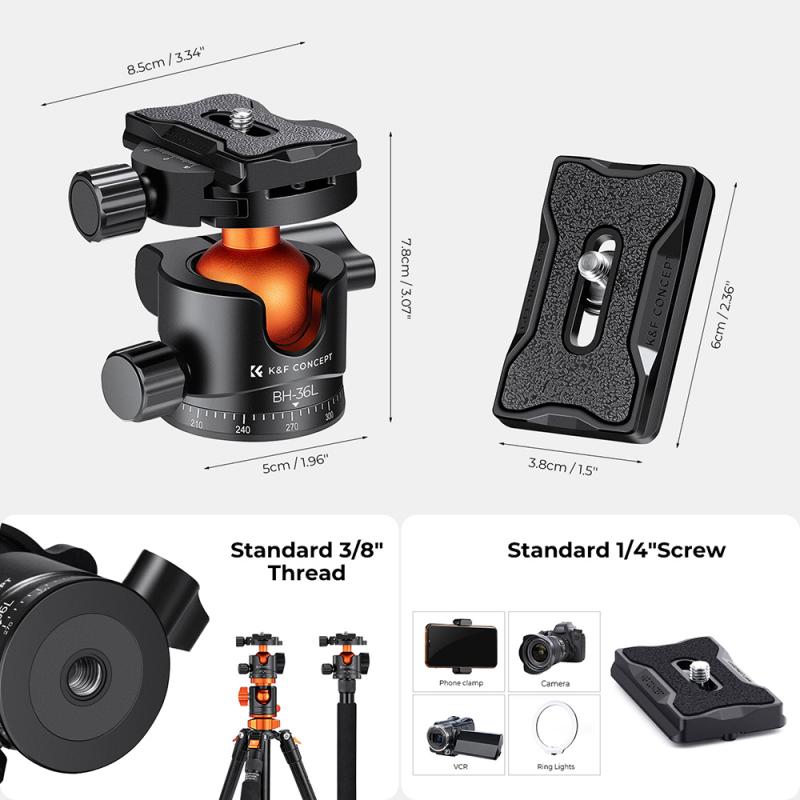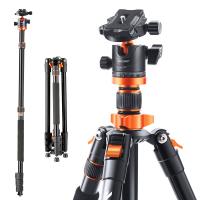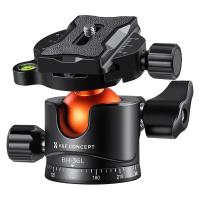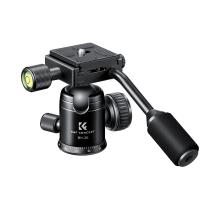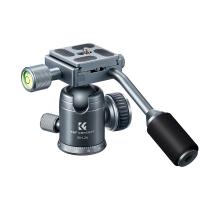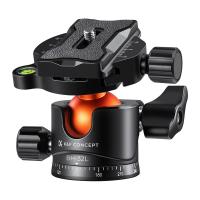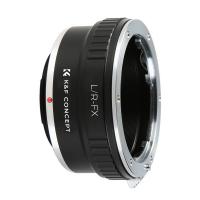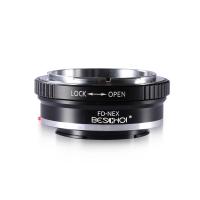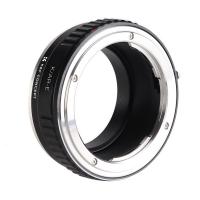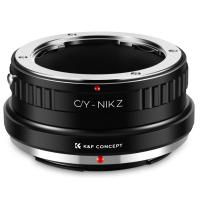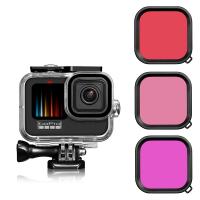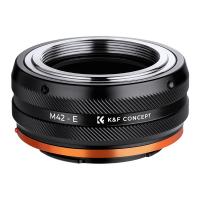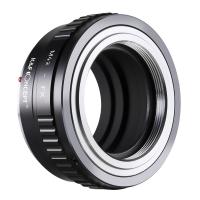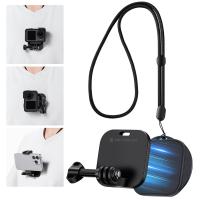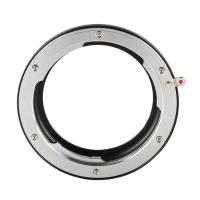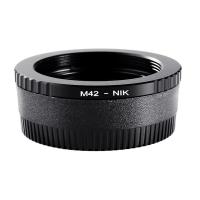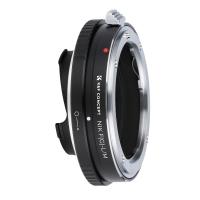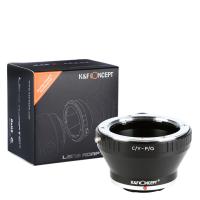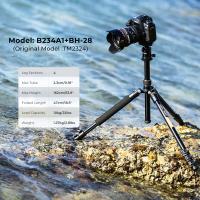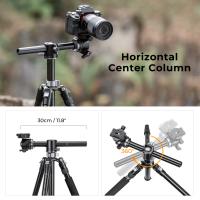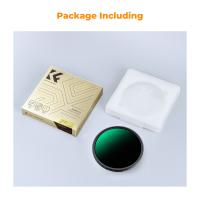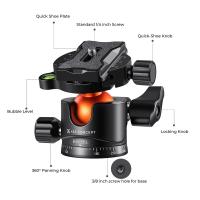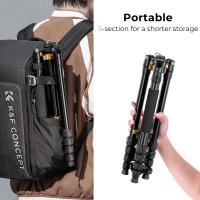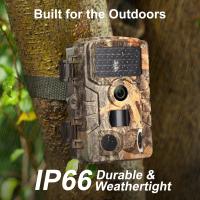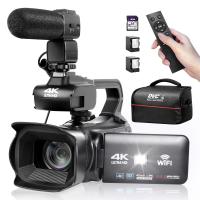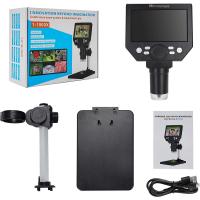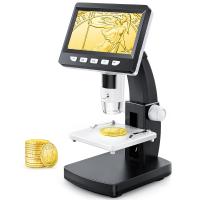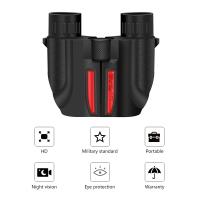How To Mount A Ball Lens ?
Mounting a ball lens typically involves placing the lens in a holder or fixture that secures it in place. The holder may be designed to fit the specific size and shape of the lens, and may include features such as set screws or clamps to hold the lens firmly in place. The holder may also be designed to attach to a mounting surface, such as a microscope or optical system.
To mount a ball lens, first select a suitable holder or fixture that is compatible with the lens size and shape. Place the lens in the holder, making sure it is centered and securely held in place. If necessary, adjust the position of the lens using set screws or other adjustment mechanisms. Finally, attach the holder to the mounting surface using screws or other fasteners, taking care not to damage the lens or holder in the process.
1、 Adhesive Mounting
One way to mount a ball lens is through adhesive mounting. This method involves using a specialized adhesive to attach the lens to a substrate or surface. The adhesive should be chosen carefully to ensure that it is compatible with both the lens material and the substrate material. It is also important to ensure that the adhesive is strong enough to hold the lens securely in place.
To mount a ball lens using adhesive, first clean the surface where the lens will be mounted. Then, apply a small amount of adhesive to the center of the lens. Carefully position the lens on the surface and press down gently to ensure good contact between the lens and the substrate. Allow the adhesive to dry completely before handling the lens.
Adhesive mounting is a popular method for mounting ball lenses because it is relatively easy and inexpensive. However, it is important to note that adhesive mounting may not be suitable for all applications. For example, if the lens will be exposed to high temperatures or harsh chemicals, a more secure mounting method may be necessary.
In recent years, there has been a growing interest in using 3D printing technology to mount ball lenses. This method involves designing and printing a custom mount that is specifically tailored to the lens and the application. 3D printing allows for greater precision and control over the mounting process, and can result in a more secure and reliable mount.
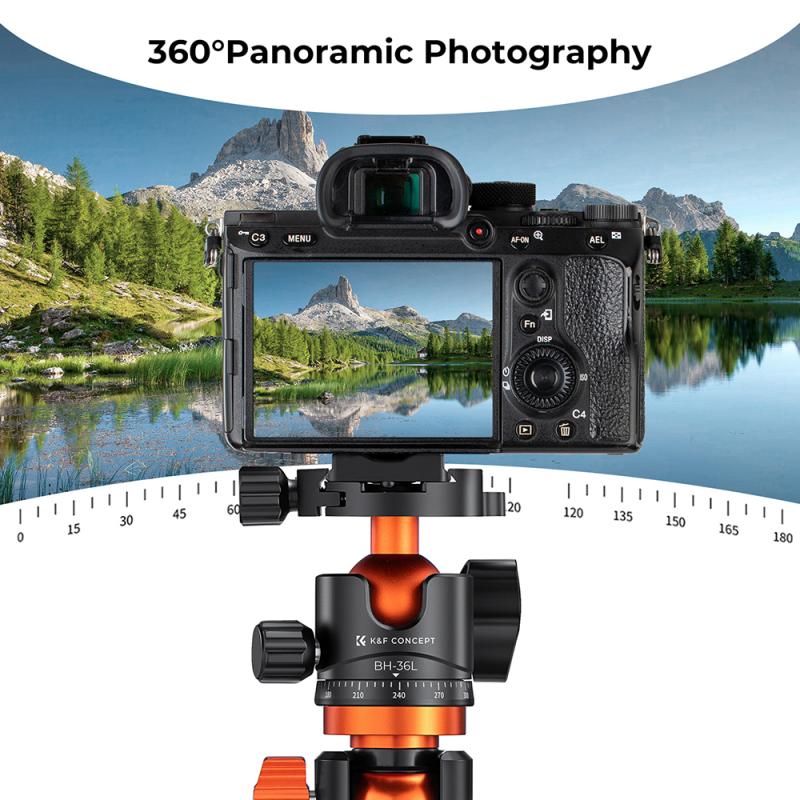
2、 Vacuum Mounting
How to mount a ball lens? There are several methods to mount a ball lens, but one of the most effective and widely used methods is vacuum mounting. Vacuum mounting is a process of holding the ball lens in place using a vacuum chuck or holder. This method is particularly useful for mounting small and delicate ball lenses, as it minimizes the risk of damage during the mounting process.
To mount a ball lens using vacuum mounting, first, clean the surface of the ball lens and the vacuum chuck or holder. Then, place the ball lens on the vacuum chuck or holder and turn on the vacuum pump to create a vacuum seal. The vacuum will hold the ball lens in place securely, allowing you to work on it without any movement.
One of the latest developments in vacuum mounting is the use of automated vacuum mounting systems. These systems use advanced robotics and computer-controlled vacuum chucks to mount ball lenses quickly and accurately. They are particularly useful for high-volume production environments, where speed and precision are critical.
In conclusion, vacuum mounting is an effective and reliable method for mounting ball lenses. With the latest advancements in automated vacuum mounting systems, it has become even more efficient and precise. Whether you are working on a small-scale project or a large-scale production line, vacuum mounting is a method worth considering for mounting your ball lenses.
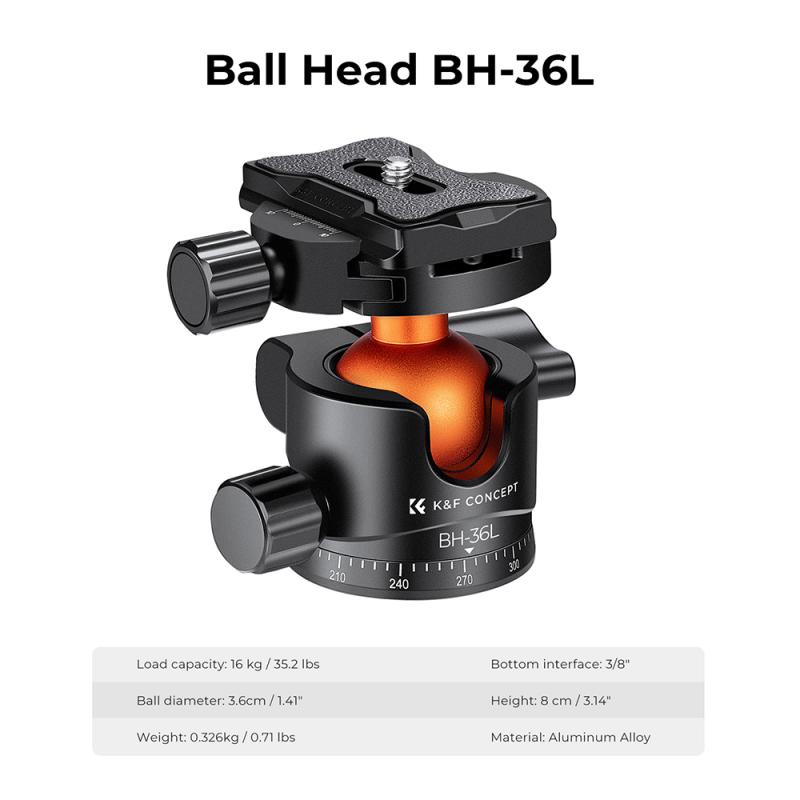
3、 Mechanical Mounting
How to mount a ball lens? The most common method is mechanical mounting. This involves using a holder or mount that secures the ball lens in place. The holder can be made of various materials such as metal, plastic, or ceramic, depending on the application requirements.
To mount a ball lens, first, the holder should be selected based on the size and shape of the lens. The holder should have a cavity that matches the diameter of the lens and a flat surface to hold the lens in place. The lens should be placed in the cavity and secured using a retaining ring or adhesive.
The holder can then be mounted onto a base or fixture using screws or other fasteners. The base should be stable and provide a secure mounting surface for the holder. The mounting method should be chosen based on the application requirements, such as vibration resistance or thermal stability.
In recent years, there has been a growing trend towards using 3D printing technology to create custom holders for ball lenses. This allows for greater flexibility in design and can reduce costs compared to traditional machining methods.
Overall, mechanical mounting is a reliable and widely used method for mounting ball lenses. With the advancement of technology, new methods and materials are constantly being developed to improve the mounting process.
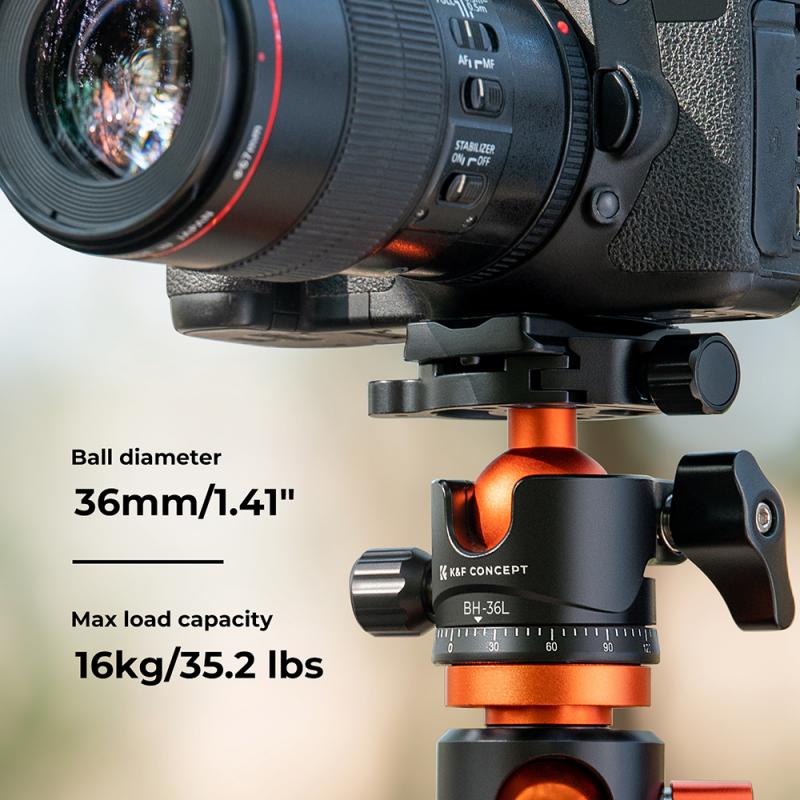
4、 Index Matching Fluid Mounting
How to mount a ball lens:
Mounting a ball lens can be a tricky process, but there are a few steps you can follow to ensure a successful mount. First, clean the surface of the ball lens with a lint-free cloth and a small amount of isopropyl alcohol. Next, apply a small amount of optical adhesive to the center of the lens. Carefully place the lens onto the mounting surface, making sure it is centered and level. Allow the adhesive to cure according to the manufacturer's instructions.
However, a newer and more effective method for mounting ball lenses is through the use of Index Matching Fluid Mounting. This method involves using a specialized fluid with a refractive index that matches that of the ball lens and the mounting surface. The fluid is applied to the mounting surface and the ball lens is placed on top, allowing the fluid to fill any gaps between the lens and the surface. This creates a strong bond and eliminates any air pockets that could cause optical distortion.
Index Matching Fluid Mounting has become increasingly popular in recent years due to its ability to provide a more precise and stable mount for ball lenses. It also allows for easier removal and repositioning of the lens if necessary. Overall, this method offers a more reliable and efficient solution for mounting ball lenses in various optical applications.
